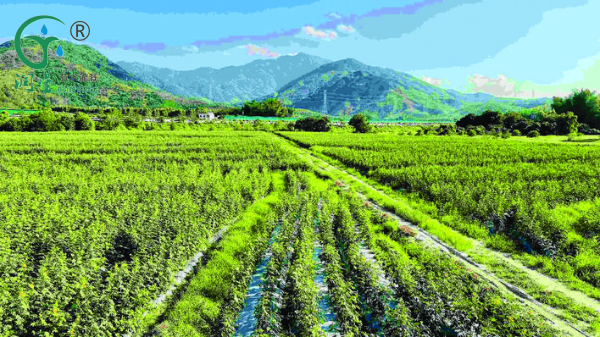Coffee Bean Cultivation in South America: The Necessity of Drip Irrigation Systems and Efficient Cultivation Techniques
In the vibrant and lively land of South America, coffee trees thrive and produce countless aromatic coffee beans. However, cultivating high-quality coffee beans on this soil is not an easy task. This article delves into the necessity of drip irrigation systems for coffee cultivation in South America, as well as the required drip irrigation equipment and installation methods. Additionally, it shares some efficient techniques for coffee cultivation.

The Necessity of Drip Irrigation Systems for Coffee Cultivation in South America
Most parts of South America have a tropical rainforest or savannah climate with abundant rainfall and moist soil. However, this does not mean that irrigation facilities are not required for coffee cultivation. In fact, in dry seasons or areas with insufficient rainfall, drip irrigation systems are crucial for the growth of coffee trees. Drip irrigation systems can precisely control the amount of water, ensuring that coffee trees receive the required moisture while reducing water wastage.
Drip Irrigation Equipment and Installation Methods
Required Drip Irrigation Equipment
Drip Irrigation Tubes (Tapes): Drip irrigation tubes integrate drippers and laterals into a single unit, providing both water distribution and dripping functions. In South America, commonly used drip irrigation tubes include pressure-compensating and non-pressure-compensating types, selected based on terrain and installation distance.
Drippers: Drippers are divided into pressure-compensating and non-pressure-compensating types, primarily used for irrigation of potted flowers. In coffee cultivation, selecting an appropriate dripper flow rate ensures that each coffee tree receives an adequate amount of water.
Filters: Filters are an integral part of drip irrigation systems, used to remove impurities from water to prevent clogging of drippers. Commonly used filters include disc filters and screen filters.
Installation Methods
Planning and Layout: Based on the terrain, soil conditions, and irrigation requirements of the coffee plantation, plan the layout of the drip irrigation system. Ensure that each coffee tree is evenly irrigated.
Installing Drip Irrigation Tubes: Lay the drip irrigation tubes according to the planned layout between coffee tree rows, ensuring that the outlets are facing upwards for uniform water infiltration into the soil.
Connecting to Water Source: Connect the drip irrigation tubes to a stable and clean water source. Set appropriate irrigation times and frequencies to meet the growth needs of coffee trees.
Efficient Techniques for Coffee Cultivation
Seed Selection and Planting: Choose high-quality coffee seeds from vigorous, high-yielding, and pest-resistant coffee trees. Soak the seeds before planting to improve germination rates.
Soil Management: Coffee trees prefer loose, fertile, and well-drained soil. Before planting, deeply cultivate and fertilize the soil to improve fertility. Regularly loosen the soil and remove weeds to maintain its looseness and cleanliness.
Shading and Pruning: Coffee trees require appropriate shading during growth. In South America, select suitable trees as shade trees to provide optimal lighting conditions for coffee trees. Regularly prune coffee tree branches to maintain crown ventilation and light penetration, promoting fruit growth.
Pest and Disease Control: Coffee trees are susceptible to pest and disease infestations during growth. Therefore, regularly inspect the growth status of coffee trees to promptly detect and address pests and diseases. Common control methods include pesticide spraying, pruning infected branches, and applying biological agents.
Rational Fertilization: Based on local climate and soil fertility, scientifically and effectively apply fertilizers. Common fertilization methods include hole application and trench application. During fertilization, avoid over-fertilization and direct contact of fertilizers with coffee tree roots.

In summary, cultivating coffee beans in South America requires comprehensive consideration of factors such as climate, soil, irrigation, and cultivation techniques. By adopting drip irrigation systems, rational planning and layout, and efficient cultivation techniques, coffee trees can receive adequate water and nutrients, improving yield and quality. Additionally, focusing on soil management and pest and disease control provides robust support for the healthy growth of coffee trees.
If you have any needs, please contact us.
About Us
We are dedicated to offering innovative, water-saving, and labor-saving irrigation solutions for agriculture worldwide. Our focus on quality and continuous innovation drives the development and progress of the industry

